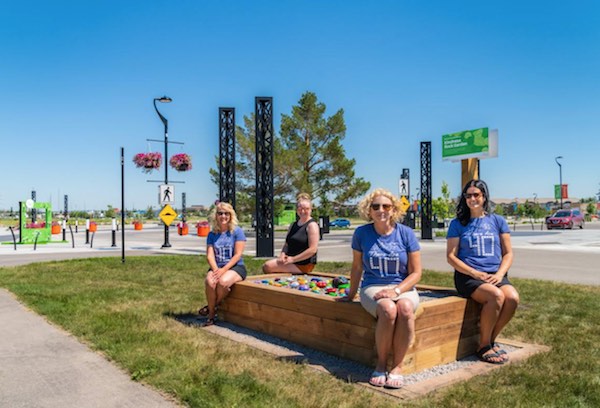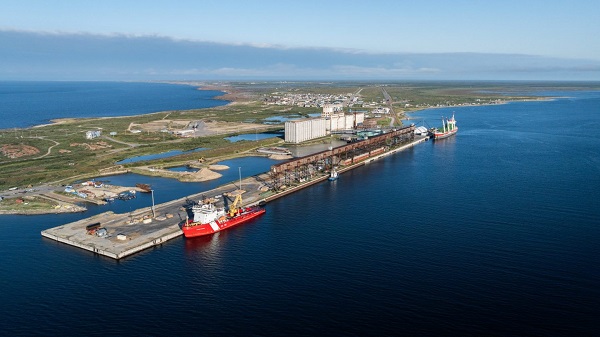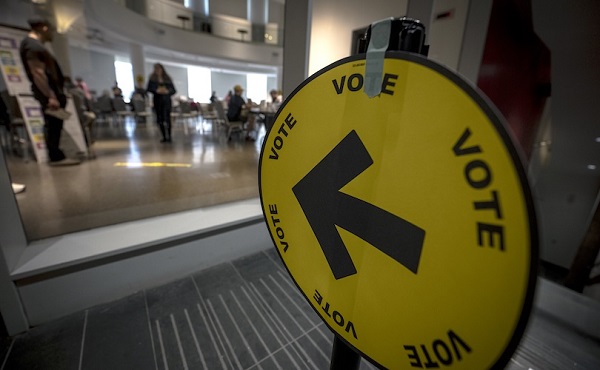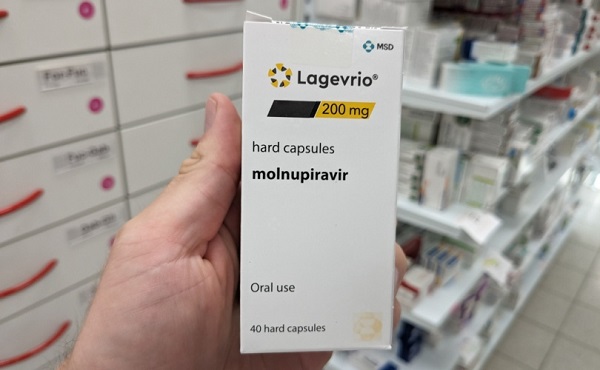Community
SPARC Kindness Rock Garden promotes love, happiness and kindness in the heart of Red Deer

SPARC RED DEER KINDNESS ROCKS PROJECT
SPARC Red Deer, is pleased to announce a new “Paint the Town Positive” activity designed to promote positive messaging by creating a kindness rock garden. We have partnered with Capstone to start the rock garden beside the Riverwalk in Capstone, adjacent to the fountain in Canada 150 Square, at the end of Alexander Way. We encourage Red Deerians to participate by adding their own colourful positive rocks. The purpose is to spread kindness and encourage further involvement by our community. We’d love to see families come together to paint rocks and then, while out for a walk or bike ride, add their kindness rocks to the site. We encourage parents to promote these positive behaviours in their children, which in turn, helps their kids grow up great!

Capstone – Red Deer’s only multi-family, riverside community – is excited to partner with SPARC Red Deer on the Kindness Rocks project! Capstone is a vibrant, healthy, inclusive neighbourhood that’s connected to new ideas, explores fresh ways of living, and is designed for life in Red Deer today and in the future. The Kindness Rocks garden is just one of many elements in Capstone that favours human connection, and creates a balance between living, working, and culture & recreation.
Help us grow this rock garden to see how big and positive it can get! Come back to visit and add more rocks throughout the summer.
What is Paint the Town Positive? It is youth-driven chapter of SPARC Red Deer. The idea is for youth to give back and spread kindness in the community through various projects and initiatives that are designed and created by them. This is to engage youth in positive activities and also to allow our community to see youth in positive ways which builds assets! Youth can also use their involvement to build up their volunteer experience for future resumes. Previous activities include youth donating and distributing warm winter wear in our City Hall Park, designing kindness rocks that were distributed within the community, and leaving bookmarks with positive messages throughout the community.
SPARC Red Deer hopes to brighten our community through this simple gesture of kindness! For more information, visit sparcreddeer.ca and follow us on Facebook, Instagram and Twitter.
SPARC Red Deer is a local non-profit coalition designed to promote and educate community members and families about the ’40 Developmental Assets”. The 40 Developmental Assets, developed by the Search Institute, are research-proven life experiences or building blocks which all children need to grow up healthy, caring, and responsible. Research shows that the higher number of these assets a young person has, the more likely they are to thrive and to engage in positive behaviours, and avoid risky behaviours.
To learn more about SPARC, visit sparcreddeer.ca, or contact Rania Page, SPARC co-chair at 403.896.9431 or [email protected].

Community
Support local healthcare while winning amazing prizes!

|
|
|
|
|
|
Community
SPARC Caring Adult Nominations now open!

Check out this powerful video, “Be a Mr. Jensen,” shared by Andy Jacks. It highlights the impact of seeing youth as solutions, not problems. Mr. Jensen’s patience and focus on strengths gave this child hope and success.
👉 Be a Mr. Jensen: https://buff.ly/8Z9dOxf
Do you know a Mr. Jensen? Nominate a caring adult in your child’s life who embodies the spirit of Mr. Jensen. Whether it’s a coach, teacher, mentor, or someone special, share how they contribute to youth development. 👉 Nominate Here: https://buff.ly/tJsuJej
Nominate someone who makes a positive impact in the live s of children and youth. Every child has a gift – let’s celebrate the caring adults who help them shine! SPARC Red Deer will recognize the first 50 nominees. 💖🎉 #CaringAdults #BeAMrJensen #SeePotentialNotProblems #SPARCRedDeer
s of children and youth. Every child has a gift – let’s celebrate the caring adults who help them shine! SPARC Red Deer will recognize the first 50 nominees. 💖🎉 #CaringAdults #BeAMrJensen #SeePotentialNotProblems #SPARCRedDeer
-

 Education1 day ago
Education1 day agoWhy more parents are turning to Christian schools
-

 Alberta1 day ago
Alberta1 day agoOPEC+ is playing a dangerous game with oil
-

 Alberta1 day ago
Alberta1 day agoUpgrades at Port of Churchill spark ambitions for nation-building Arctic exports
-

 Business1 day ago
Business1 day agoIs dirty Chinese money undermining Canada’s Arctic?
-

 National2 days ago
National2 days agoLiberals push to lower voting age to 16 in federal elections
-

 COVID-191 day ago
COVID-191 day agoJapan disposes $1.6 billion worth of COVID drugs nobody used
-

 conflict1 day ago
conflict1 day agoOne of the world’s oldest Christian Communities is dying in Syria. Will the West stay silent?
-

 COVID-191 day ago
COVID-191 day agoWATCH: Big Pharma scientist admits COVID shot not ‘safe and effective’ to O’Keefe journalist








